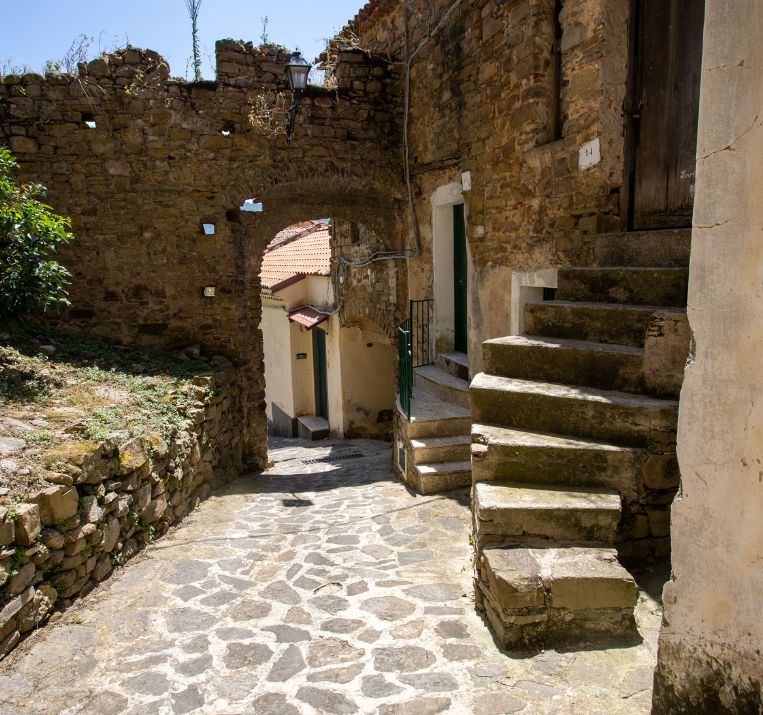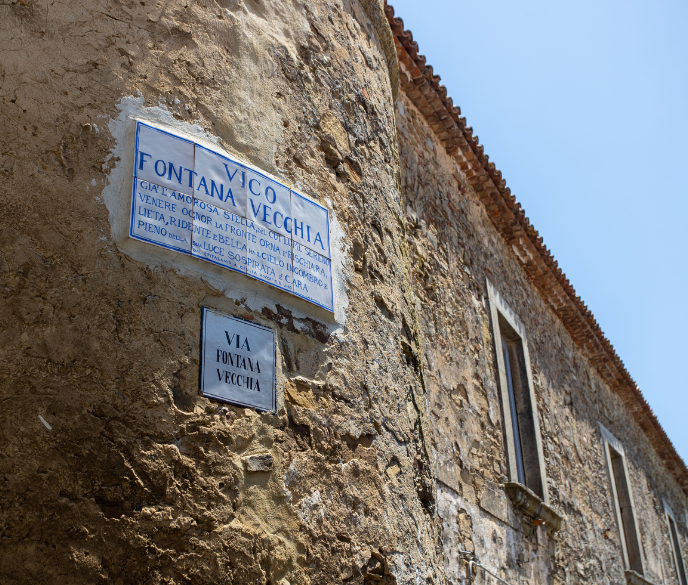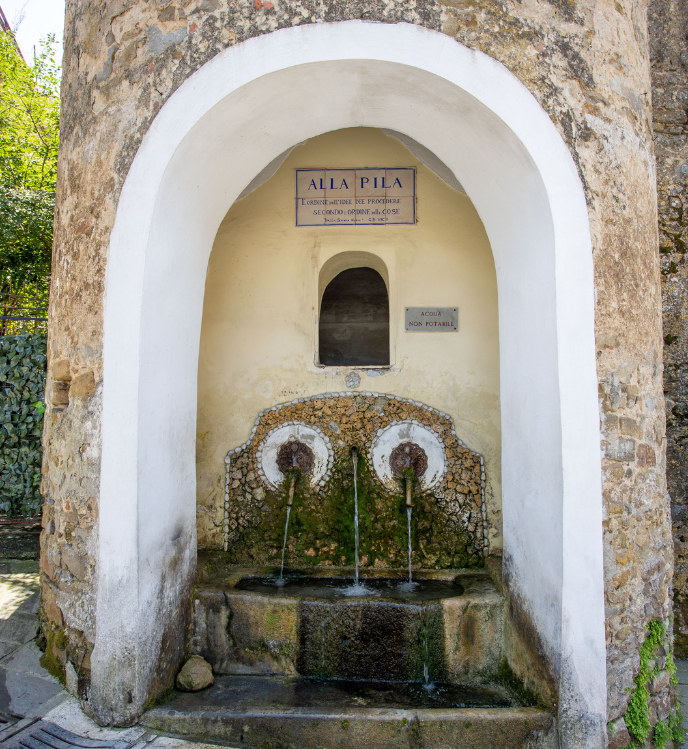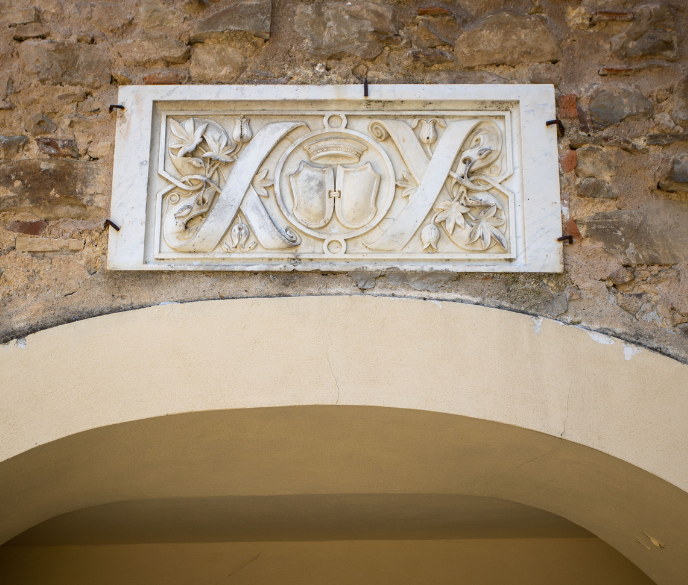CAR
Via A1/E45, take the Battipaglia exit. Proceed along SS 18 Tirrena Inferiore and Contrada S. Giovanni towards Piazza Gian Battista Vico in Vatolla
Piazza Gian Battista Vico, 1, 84060 Perdifumo SA
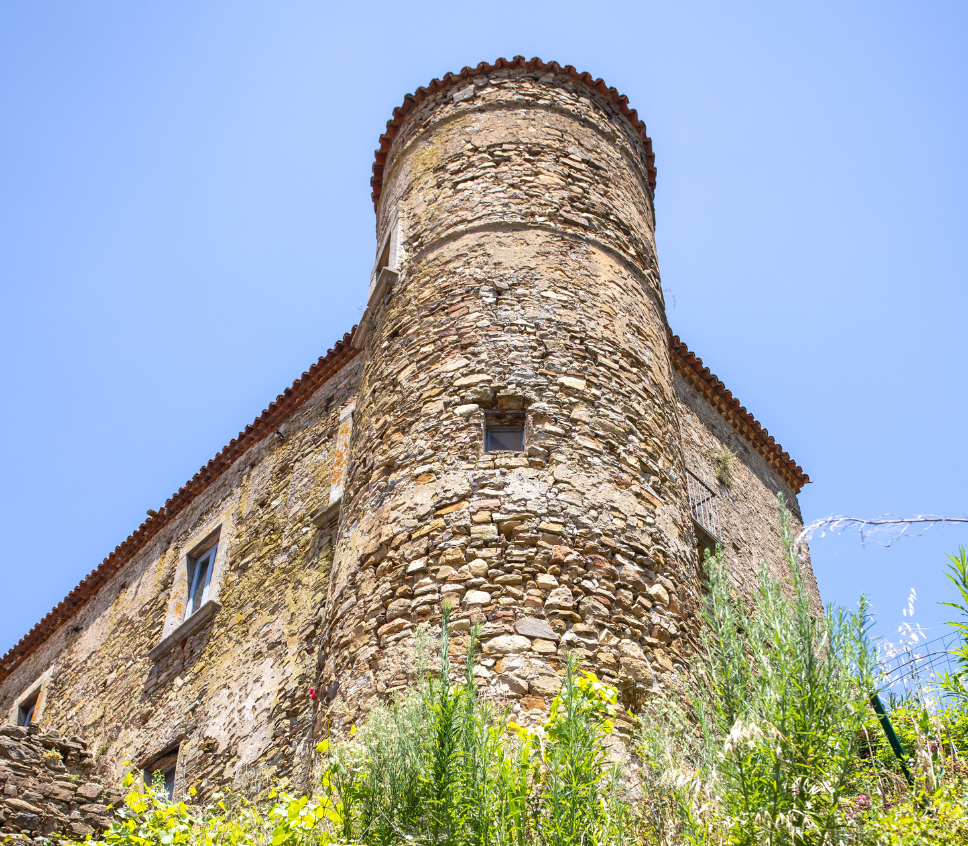
Via A1/E45, take the Battipaglia exit. Proceed along SS 18 Tirrena Inferiore and Contrada S. Giovanni towards Piazza Gian Battista Vico in Vatolla
From Salerno take line 034 "San Marco di Castellabate", get off at "Bivio S. Pietro". Proceed with line 092 "S. Maria di Castellabate Capolinea", stop at Perdifumo
From Naples, take train 8111 direct to Reggio Calabria, get off at Agropoli Castellabate. Then proceed by bus 092 to S. Maria di Castellabate Capolinea, Perdifumo stop
The De Vargas-Machuca castle, today's Palazzo de' Vargas, consists of two separate buildings. Of the original Longobard structure, the inner courtyard, the circular corner towers and, on the side facing the sea, the castellan's residence are preserved. The castle and the feud attached to it were entrusted in the 12th century to one of the most important noble families of the kingdom: the Sanseverino. Around the building, which had become a stronghold over the years, the development of the residential area intensified, but there were no more news of the castle until the 16th century, when the feud became the property of the Griso family, who had the second part of the complex known as the “new palace” built.
In 1660, the palace and feud were purchased by the Rocca family, who settled there. From 1686 to 1695, the palace was home to the philosopher Giambattista Vico, who was summoned there to tutor the children of marquis Don Domenico Rocca. The philosopher stayed in the castle for nine years and during this time, in contact with nature, the amenity and isolation of these places, he meditated and elaborated much of his thought, until he was finally called back to Naples in 1695.
